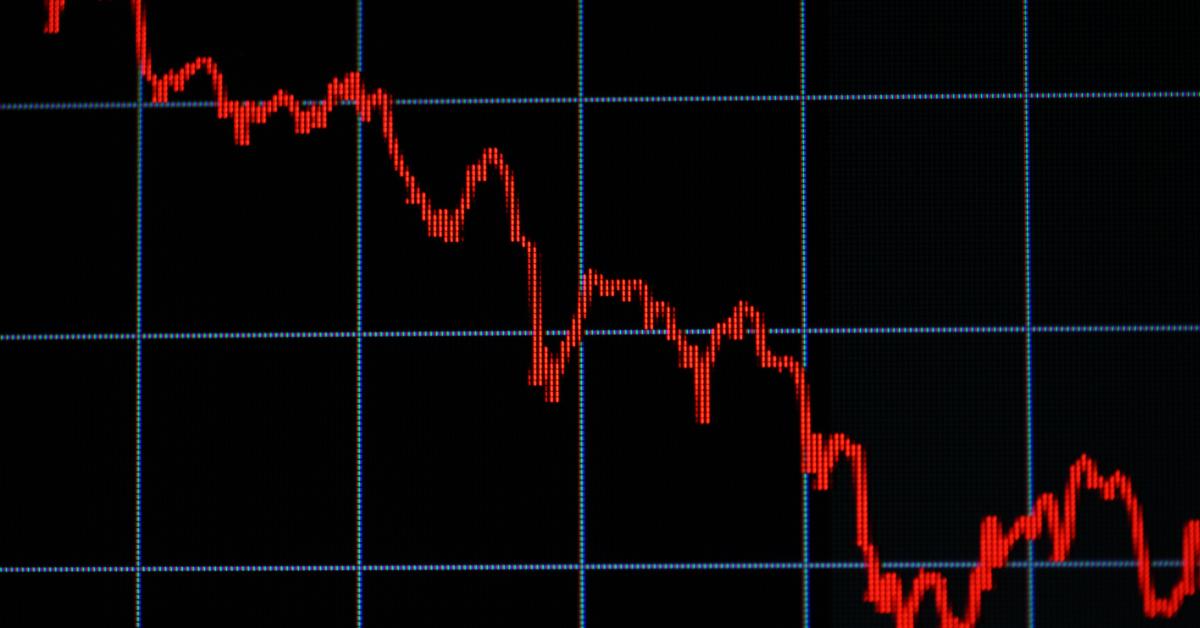“Who controls the past now, controls the future. Who controls the present now, controls the past.”
That is from “Testify,” a song by newly minted rock ‘n’ roll Hall of Famers Rage against the Machine. I don’t know if Phillip W. Magness of the American Institute for Economic Research is fan enough to be familiar with that, but I bet he knows the original source: George Orwell’s 1984.
Whether or not it informed a recent study he coauthored is unclear, but that line has been ringing in my head ever since I read Magness’s summary.
Magness, along with Jeremy Horpedahl and Marcus Witcher, professors of economics and history respectively at the University of Central Arkansas, discovered differences between how college-level introductory economics and history textbooks document the causes of the Great Depression.
While the economics texts leaned toward monetary policy and trade, history books tended to focus on income inequality, debt, and the stock market crash. While they put equal emphasis on consumer demand issues, trade is the most accurate of them all.
What’s most troubling though is that other big culprits are barely discussed.
One of the most devastating things President Herbert Hoover did was sign the Smoot-Hawley Tariff Act of 1930. Not only did it raise taxes on consumers, it also sought to protect an ailing farm industry.
Imagine you’re considering opening a business but see your government shielding entrenched competitors who are slow to react to changing market conditions. That might give you pause. Subsequently, a chill is put into economic dynamism.
Mix in predictable retaliation from trading partners, and international commerce was thrown against the ropes. The added hikes in spending and more than doubling of tax rates knocked the economy down for the count.
New president Franklin Roosevelt merely put his foot on the economy’s neck with the New Deal. According to Magness et al., the different textbooks have that in common too; there is little mention of the negative impact of fiscal and regulatory actions.
“In Chicago, where half the working population was unemployed at the beginning of 1932, Mayor Anton Cermack telephoned people individually begging them to pay their taxes.”
That is an excerpt from my eleventh-grade daughter’s Give Me Liberty! US history textbook by Eric Foner, one of the authors sampled in the study.
Taking (more) money out of private hands is never a good idea, both on principle and for the sake of growth. No one is more tightfisted with their income than the worker who earned it. No one is quicker to redirect their resources away from failing enterprises than the investors who saved them.
In national economic terms, increasing taxes was tantamount to a boxer wailing away on an opponent who’s already been counted out.
“Didn’t Roosevelt save us from the Great Depression?” a thoughtful colleague asked me recently. “He had to do something,” I’ve heard several times since learning otherwise. That’s certainly an impression from Foner’s textbook.
What he and quite possibly other authors fail to consider is that it was those very efforts that kept the economy on the mat.
Government, by its very nature, is not set up to succeed. It faces no competition, it will not go out of business, and all it needs for financing is to tax any and every action of its citizens. Therefore, it lacks the proper incentives to be effective, much less efficient.
The bigger and more ambitious it gets, the more the negative fallout is compounded.
Whether it’s by a heavy regulatory burden (National Recovery Administration, Agricultural Adjustment Act), entering directly into “competition” with private sector businesses (Works Progress Administration, Civil Works Administration), or both, all but the biggest companies get quashed.
And then those firms are more susceptible, incentivized to getting in bed with government to secure their respective market positions. It’s a vicious cycle that feeds upon itself.
Factor in the tussle with the Supreme Court, its invalidation of parts of the New Deal, and Uncle Sam randomly getting religious about balancing the budget, and private enterprise was arguably too punch-drunk to establish a foundation for genuine prosperity.
The New Deal turned what would most likely have been a cyclical recession into a generation-defining depression. Instead of that, students assigned Foner’s textbook learn that the stock market crash and the “highly unequal distribution of income” were to blame.
The stock market, for one, is simply a leading indicator of investment capital being (re)allocated. Income inequality, however, is completely out of place in this lesson.
My friends who have a high tolerance for risk reap the financial rewards when their businesses succeed. I, on the other hand, love being in the classroom educating about economic basics, though it’s not as lucrative of a career path.
Moreover, a focus on income inequality and its effect on the economy is misguided. It implies that consumer spending drives growth, one of the biggest economic myths out there.
Consuming depreciates or literally destroys a product (think food). That’s the opposite of growth, which is actually the result of production. Such a characterization is little more than justification for politicians to spend and say it’s to “stimulate growth.”
Unfortunately, destruction is employed more detrimentally in this broader narrative.
Foner mischaracterizes the beginning of the end of the depression. He rightfully cites the midterm elections of 1938, in which Roosevelt’s democrats lost almost seventy seats in Congress, as “the end of the New Deal. Further reform initiatives were dead on arrival, and old ones were abolished.”
A “stalemate” had set in.



























